When it comes to retro gaming, the Raspberry Pi is an excellent choice, it's cheap, small and powerful enough to run emulators of retro games. The question is which is the better choice, for retro gaming, Recalbox vs Retropie? Find out in this RetroPie Recalbox comparison!
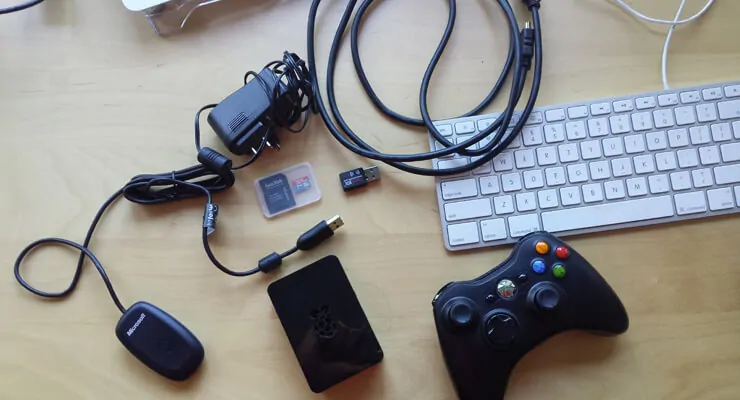
Table of Contents
Retro gaming on Raspberry Pi: Should you use Recalbox or RetroPie?
The Raspberry Pi is an excellent choice for a bevy of projects. These range from smart home applications to home theatre PC (HTPC) media centers using Kodi. With its balance of performance and low-power consumption, retro gaming on Raspberry Pi is incredibly feasible. Notably, the Nvidia Shield TV is a top pick as well with loads of emulator choices and controller options.
Reasons to choose Recalbox
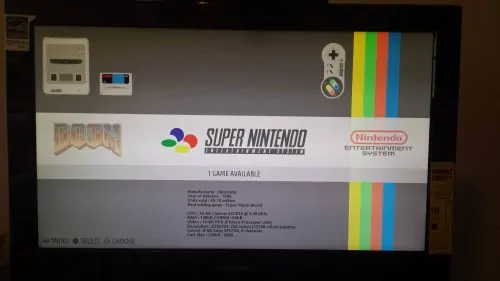
Recalbox is newer than Retropie and it is targeted at beginners rather than tinkers. The installation process is very easy, download the file, unzip it and place on it your Raspberry Pi's sd card. It will automatically install itself, once you boot the system. There is no need to make the sd card bootable which is a plus for beginners who are new to the Raspberry Pi.
Out of the box Recalbox is configured to run the emulators at lower resolution than Retropie. Which will improve the frame rate on the more demanding emulators such as the Nintendo 64.Controller support is good, plug in the controller and download the roms and you're all set. Recalbox even supports PS3 bluetooth controller right out of the box.
Another great thing, when your done gaming and want to watch a movie you can access Kodi from within Recalbox, open the menu and select Kodi. Recalbox will shut down and you can now enjoy Kodi.
Who should use Recalbox: Raspberry Pi beginners should opt for Recalbox. Installation is simple and doesn't even require mounting an ISO file, just dragging and dropping files onto a microSD card. However, it's far less customizable than RetroPie. Instead, Recalbox caters to users that want a streamlined experience that's ready to go.
Pros:
- Easy to use.
- Intuitive install process.
- Great gamepad compatibility.
- Kodi included.
- Recent distro with current development.
- Ready to use out-of-the-box.
- Emulators runs at lower resolutions which makes the games run at higher frame-rate.
Cons:
- Fewer customization options.
- Backend options is too complicated.
- You can't easily change emulators.
- Minor bugs.
- Bin and cue files might not work, that might be a factor if you plan on playing PSX games.
| Build a Low-Cost Raspberry Pi Media Center | Price |
|---|---|
| Raspberry Pi 4B Starter Kit with case, power adapter, and heat sinks | ~$82.00 |
| Sandisk Ultra 32GB Micro SDHC UHS-I Card 98 MB/s | ~$8.00 |
| SANOXY Wireless USB PC Remote Control Mouse for PC | ~$8.00 |
Reasons to choose Retropie
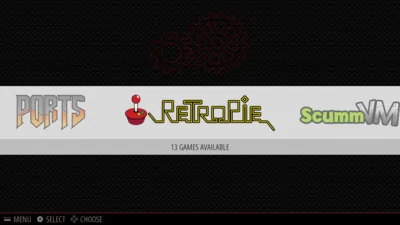
The installation process on Retropie, is a little more complicated you will need to burn the image on the SD card, with software similar to Win32diskImager to make it bootable. On the bright side you have tons of customization options. You are able to adjust just about everything in the system. Screen adjustments, experimental and stable emulators, custom shaders, custom splashscreens, themes and much more. Other good things about Retropie is the big community, the documentation and frequent system updates.
If you want Retropie to perform as good as Recalbox you will have to tweak the settings and lower the resolution and choose the best performing emulator for your roms which can be time consuming.
Retropie has more emulators, but a lot of them are experimental and they might not perform well. You are able to install Kodi in Retropie from the optional packages, but it doesn't come with Kodi installed. The PS3 bluetooth controller does not work without running a few commands.
Who should use RetroPie: Power users. Unlike Recalbox, RetroPie caters to experienced Raspberry Pi and Linux users. When considering Recalbox vs RetroPie, think about your needs as a user. If you value customization options over an intuitive setup, choose RetroPie. Install isn't difficult, but it's slightly more advanced than Recalbox. By the same merit, when comparing Recalbox vs RetroPie you'll find additional options like custom shaders and splashscreens.
Pros:
- More options like screen adjustments, custom shaders, themes and splashscreens.
- Older distro.
- Fewer bugs.
- More emulators.
- RetrOSMC is an add-on that runs RetroPie inside OSMC. If you all ready have OSMC installed there is no need to dual boot between the two distros anymore.
- A large community.
Cons:
- Advanced installation process.
- Requires tweaking after initial setup, such as lowering the resolution for better performance.
- Choosing the right emulator for some games, for example N64 will not run all games on the same emulator.
- Some emulators are experimental and might not run well.
- Wireless controllers can be tricky to setup.
Recalbox vs RetroPie: Final thoughts
Retro gaming on Raspberry Pi devices is incredibly simple no matter which OS you choose. From this Retropie Recalbox comparison, it's clear that each distro despite differences doesn't stray from the core mission of gaming on the Pi. Both systems come with almost the same features, and both are built on Retroarch and Emulationstation. You are able to achieve the same performance in RetroPie, but you have to tweak the settings. However, Recalbox just feels more polished and console-like out-of-the-box.
If you like to change settings and really customize your retrogaming platform I would go with Retropie. If you're a beginner who wants to build your first project with a Raspberry Pi, I would go with Recalbox. It's just easier to use. The best way to find out is to try both systems and decide yourself, which should win, Recalbox vs Retropie.

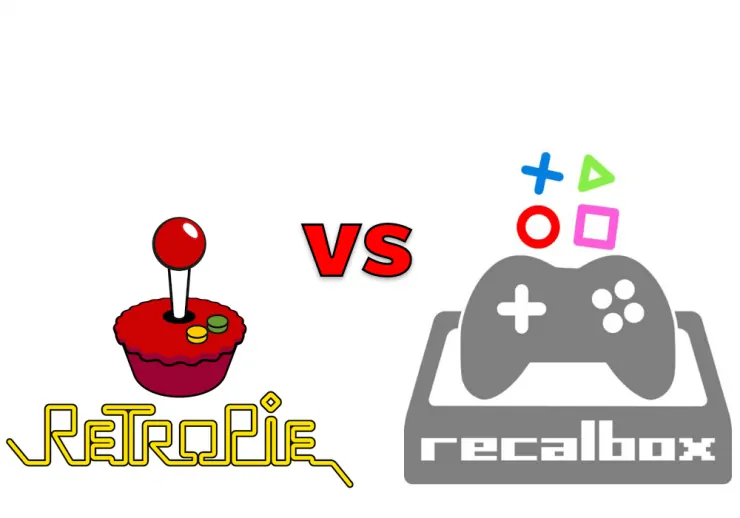
![8 Amazing Raspberry Pi Ideas [2022]: Beginners and Enthusiasts Raspberry Pi ideas](https://www.smarthomebeginner.com/images/2021/09/raspberry-pi-4-dev-board.jpg)
![10 Best Jellyfin Client Devices [2022] - 4k, Hardware Transcoding, etc. Jellyfin Roku App](https://www.smarthomebeginner.com/images/2021/02/jellyfin-roku-client-app-ft.jpg)
![10 Best Emby Client Devices [2023] - 4k, Hardware Transcoding, etc. setup emby server with raspberry pi](https://www.smarthomebeginner.com/images/2017/02/setup-emby-server-with-raspberry-pi.jpg)
![10 Best Plex Client Devices [2022] - STUTTER-free Streaming Best Plex Client Devices](https://www.smarthomebeginner.com/images/2022/02/best-nas-for-plex-server-featured-images-from-pexels-photography-maghradze-ph-3764958-e1648542743772.jpg)
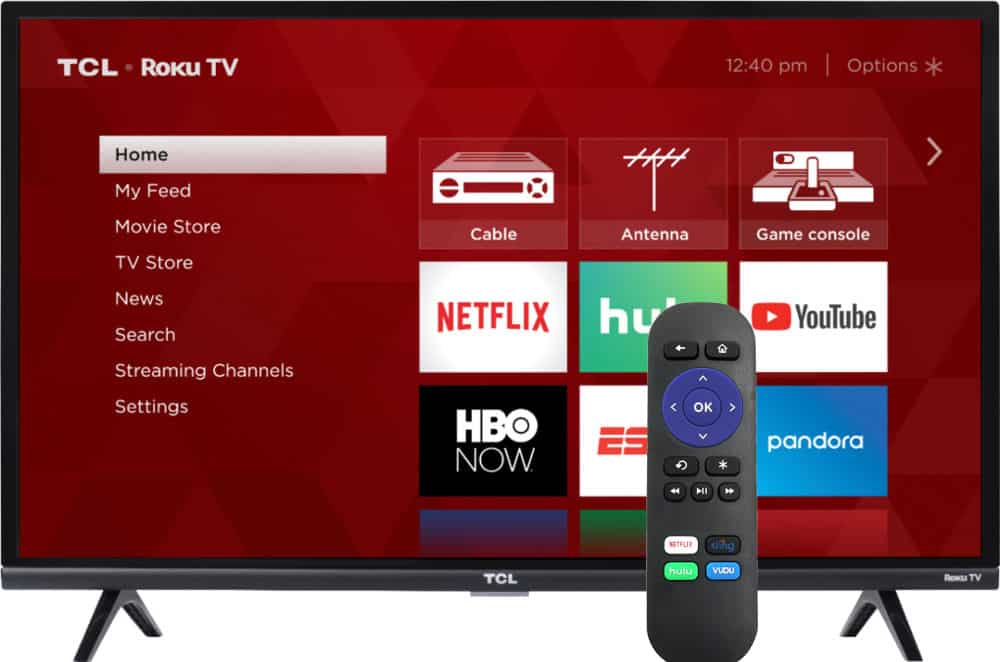
![10 Best Media Server for Plex + one SURPRISING bonus [2022] Media Server for Plex](https://www.smarthomebeginner.com/images/2020/04/plex-free-movies-and-tv.jpg)